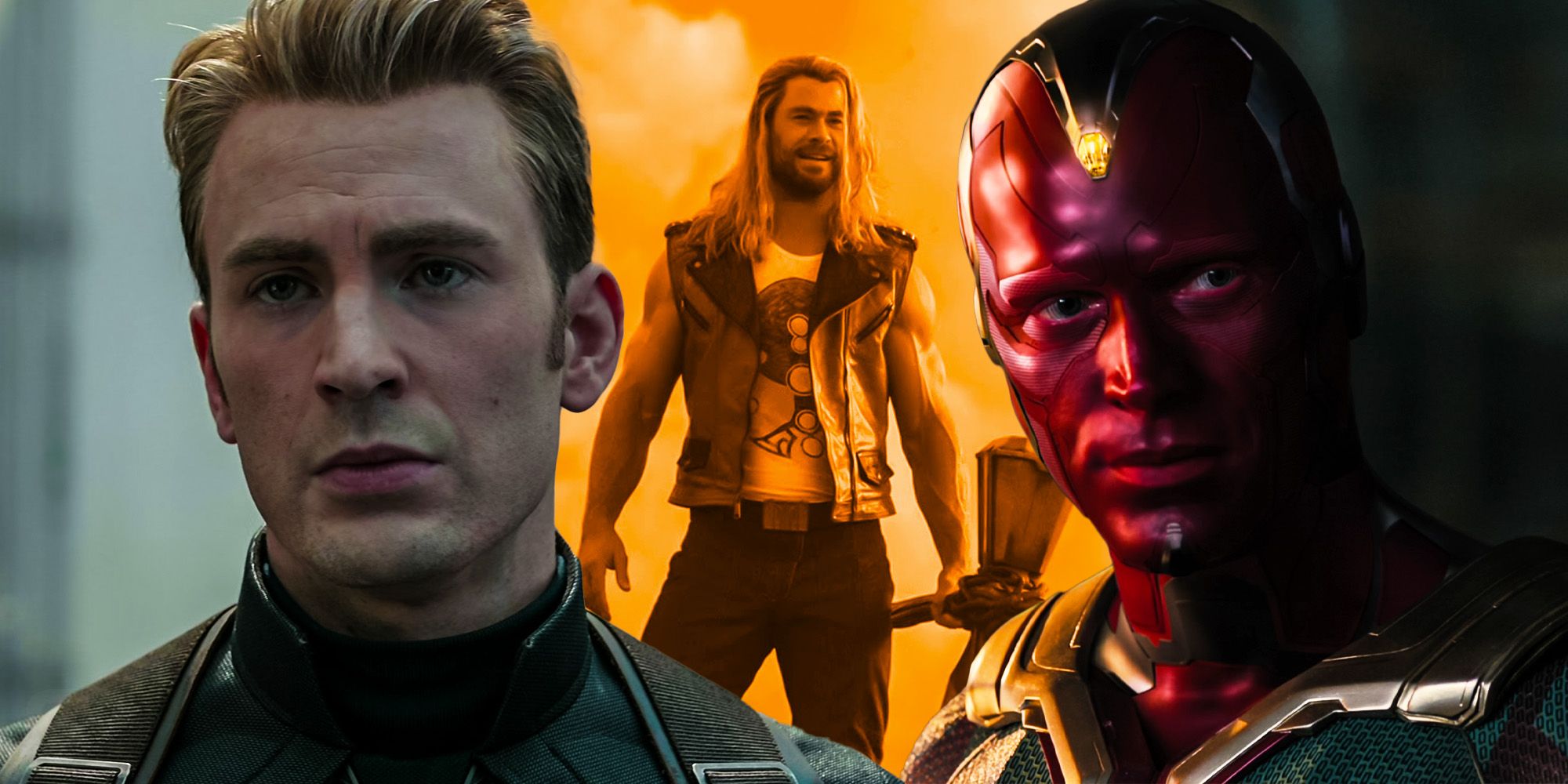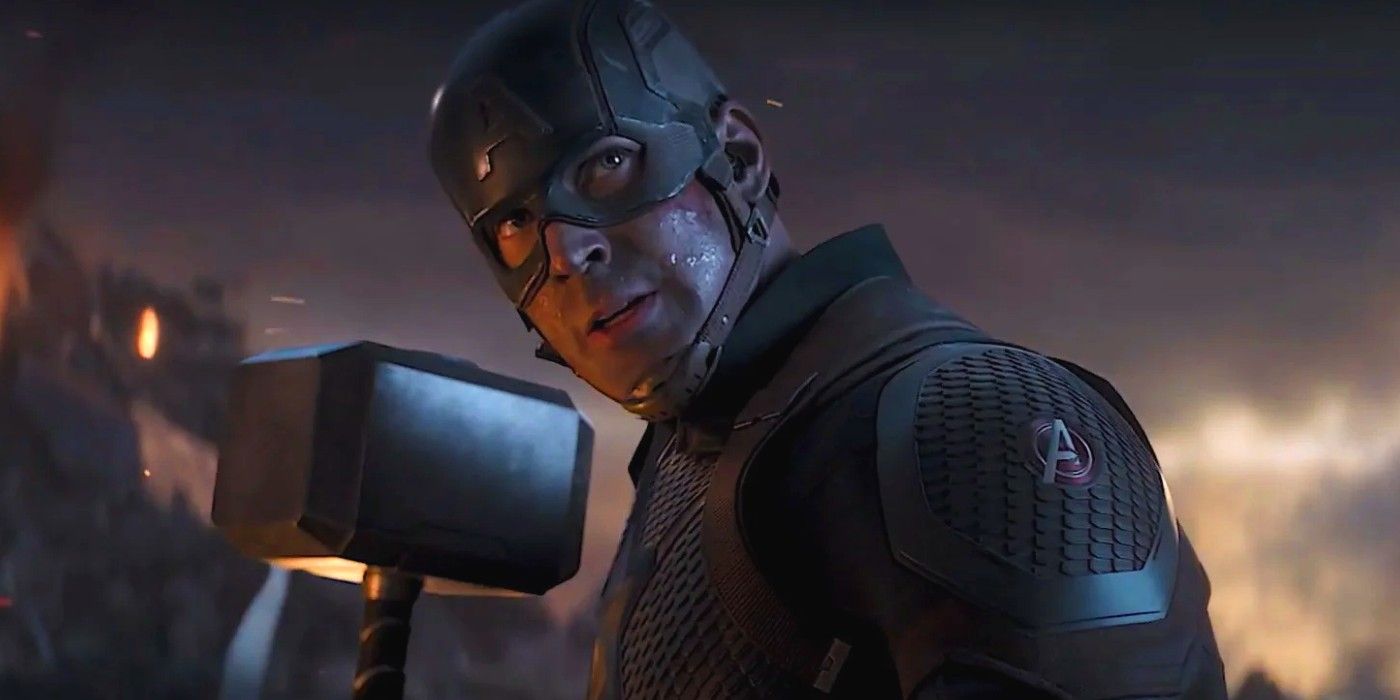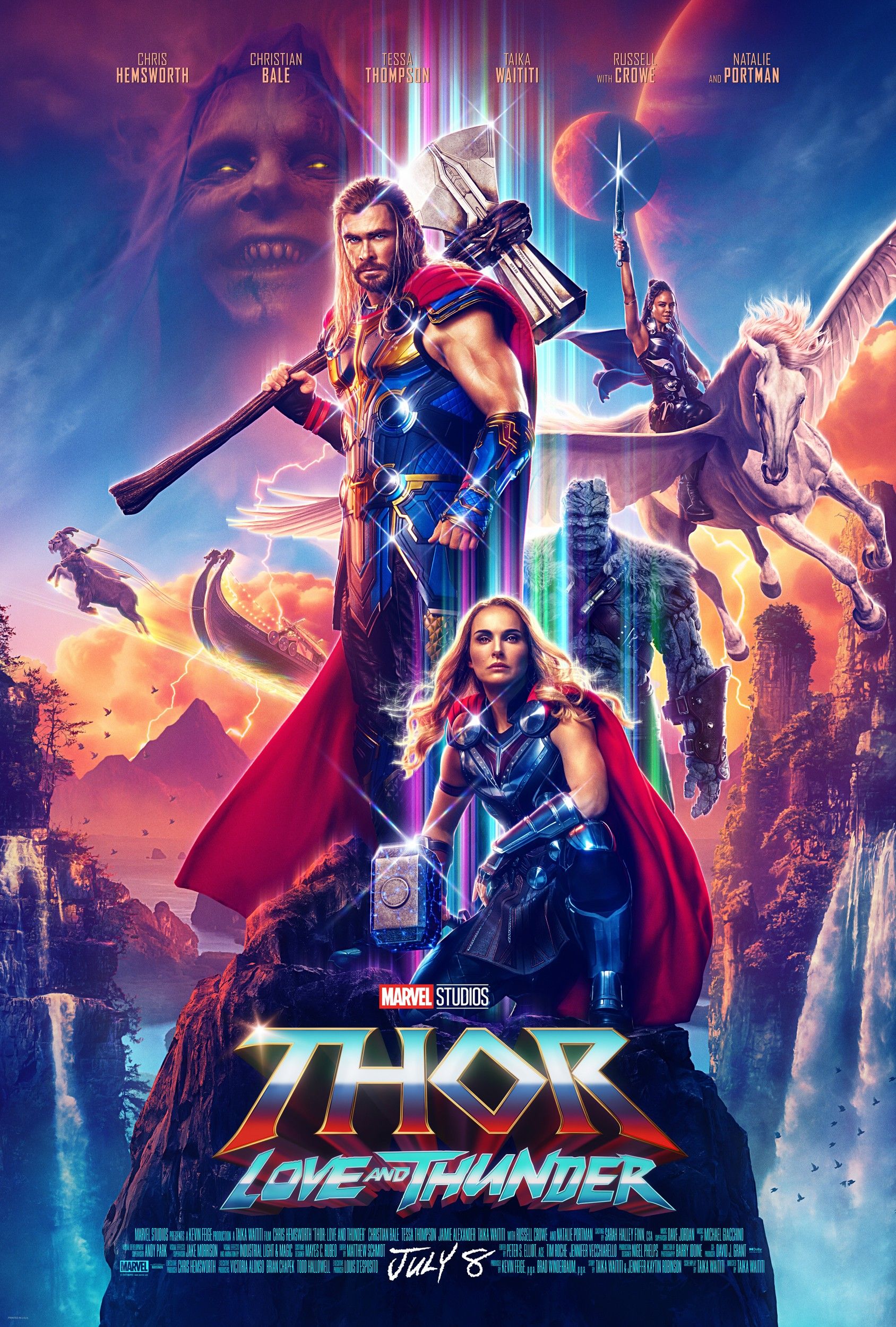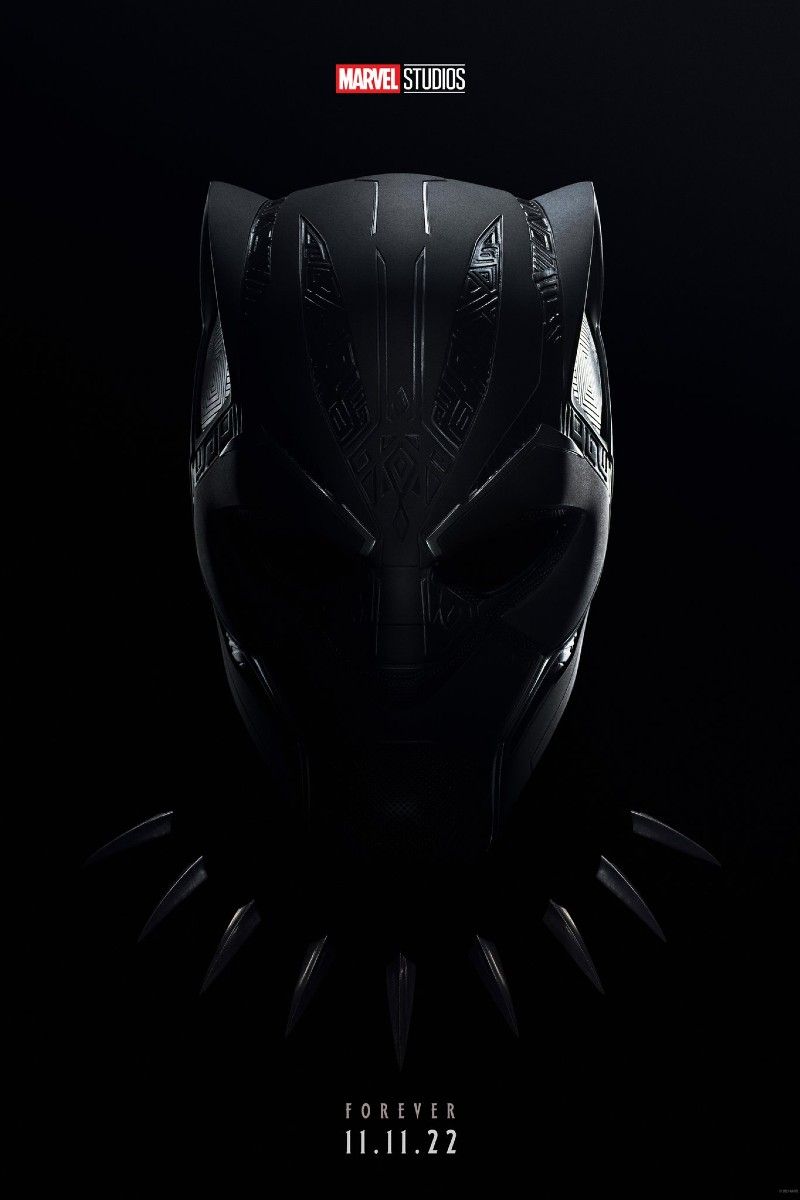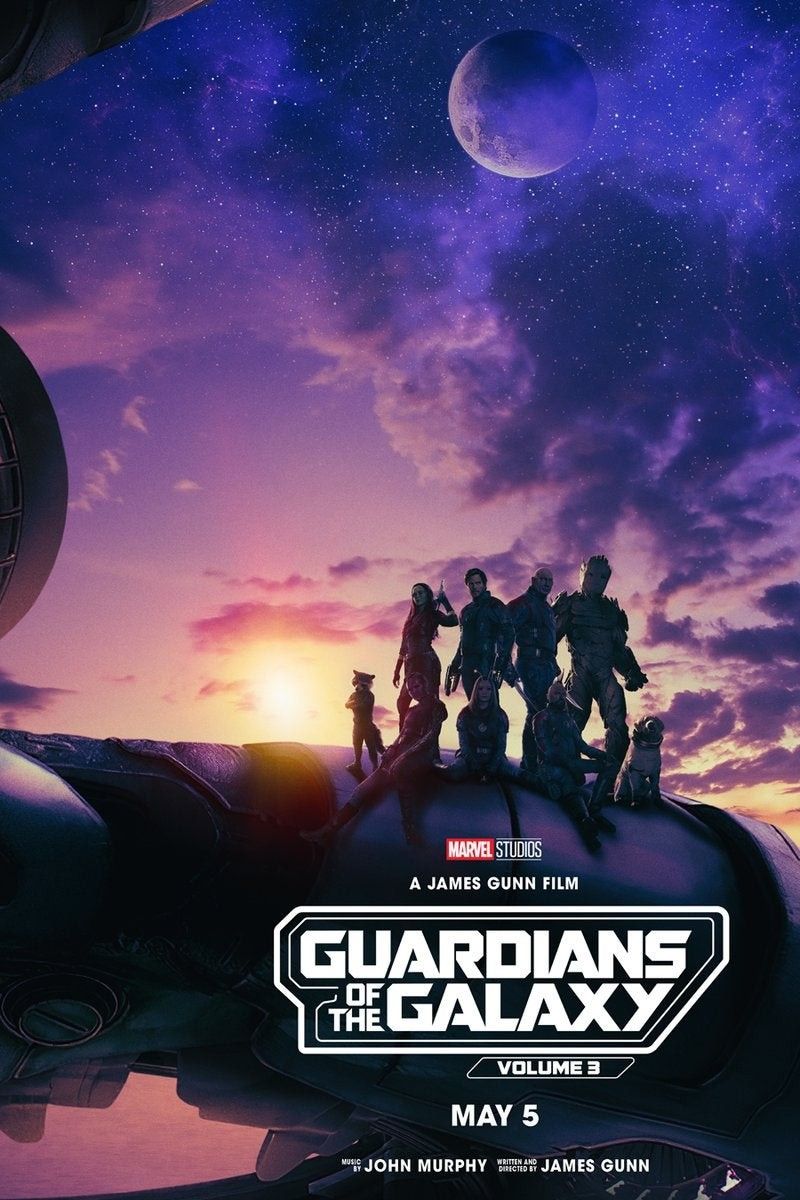The Marvel Cinematic Universe’s Infinity Saga revealed that Thor wasn’t the only Avenger worthy of lifting Mjolnir, but now in Phase 4, all of the original Avengers who were worthy are gone except for Thor – and here’s why. The first three phases of the MCU were all about Thanos and his quest to get the Infinity Stones and the Infinity Gauntlet, all while introducing the heroes that would bring him down, and all this led to the conflicts in Avengers: Infinity War and Avengers: Endgame. The big Battle of Earth In Endgame paid off many moments and teases, most notably the worthiness of one character, who teamed up with Thor to fight Thanos and his armies.
When Thor (Chris Hemsworth) made his MCU debut in Kenneth Branagh’s Thor, in 2011, it was explained why only he could use the hammer, Mjolnir, and why he lost the ability to do so for a while, and it’s all rooted in worthiness. Mjolnir was forged by the Dwarves in Nidavellir per Odin’s request and was used by him before being passed down to Hela and Thor. After ignoring his father’s orders and attacking Jotunheim in Thor, the God of Thunder was banished to Earth, and Mjolnir was taken away from him. Odin then protected the hammer with an enchantment so only those worthy of it could lift it, and that continues to be the requirement to wield Mjolnir. At the end of Thor, he was worthy of the hammer again after overcoming his ego and more, and since then, other characters have been revealed to be worthy, too.
Avengers: Age of Ultron made two big reveals regarding Mjolnir and the worthiness of other characters – first, after a party at Avengers Tower, every one of the original Avengers (except Black Widow), along with Rhodey (Don Cheadle), took turns to try to lift Mjolnir as they didn’t believe the enchantment was real, and the only one who was able to move it slightly was Captain America (Chris Evans). Later on, when Vision (Paul Bettany) came to life, he effortlessly lifted the hammer, proving to be worthy of it. Captain America finally lifted and used Mjolnir in Avengers: Endgame, but unfortunately, neither he nor Vision are part of the MCU’s Phase 4, showing that they were made worthy as they weren’t going to be in the MCU for long after that.
After the tease of Captain America’s worthiness in Age of Ultron, there were no more hints at it until Avengers: Endgame, where he lifted the hammer right on time as Thanos was about to kill Thor. Captain America and Thor fought together and shared Mjolnir during the Battle of Earth, but at the end of Avengers: Endgame, Steve Rogers retired by staying in the past with Peggy Carter, and he passed on the mantle of Captain America to Sam Wilson (Anthony Mackie). As for Vision, he lifted the hammer and handed it to Thor to the surprise of everyone and later used it during the Battle of Sokovia. Sadly, Vision sacrificed himself in Avengers: Infinity War in an effort to stop Thanos from getting the Mind Stone, and the current version of him, White Vision, most likely wouldn’t be worthy. Captain America and Vision appear to have been made worthy because the MCU’s plan was for them to not be in the franchise for much longer, and that saved the writers from a big problem in Phase 4.
Thor is coming back with his fourth solo movie, Thor: Love and Thunder, where he will reunite with Jane Foster (Natalie Portman), who is now Mighty Thor and thus is worthy of using Mjolnir. If Steve Rogers and Vision were still in the MCU, it would have ruined the drama between Thor and Jane over being worthy of the hammer as there would have been two other characters who can also use it. It’s to be seen how Thor’s connection to Mjolnir and his worthiness will be affected by the events of Thor: Love and Thunder, but it’s interesting that the MCU is back to only Thor being worthy of it – with the big difference that there are two Thors now.

